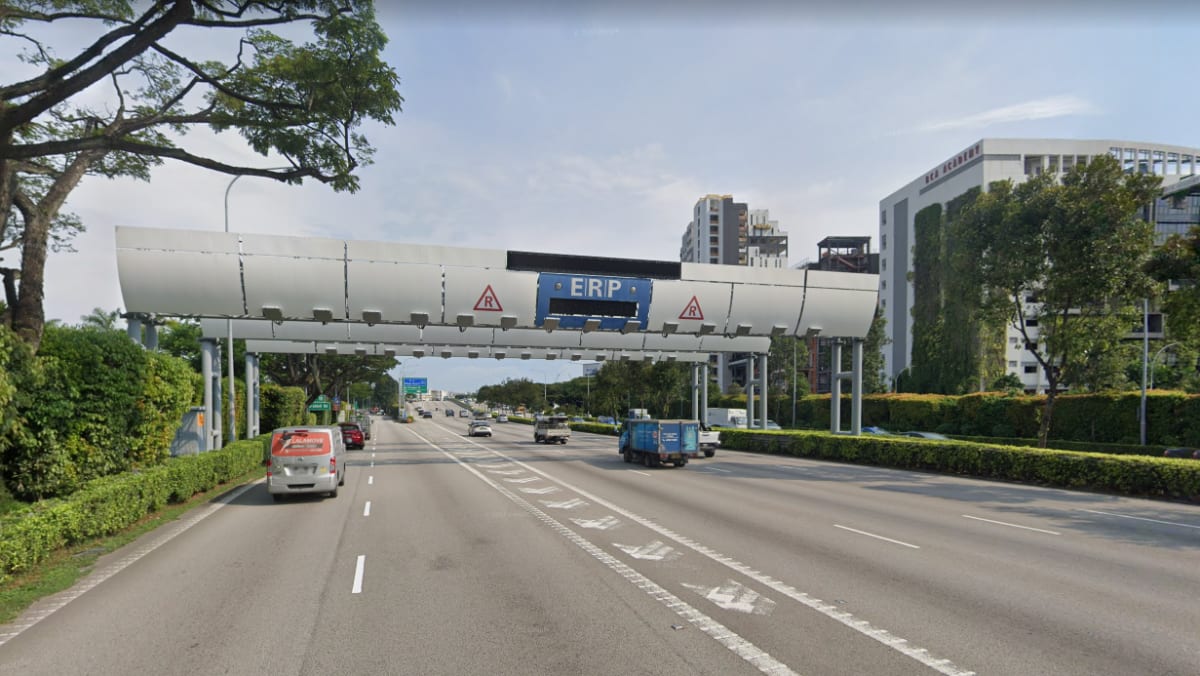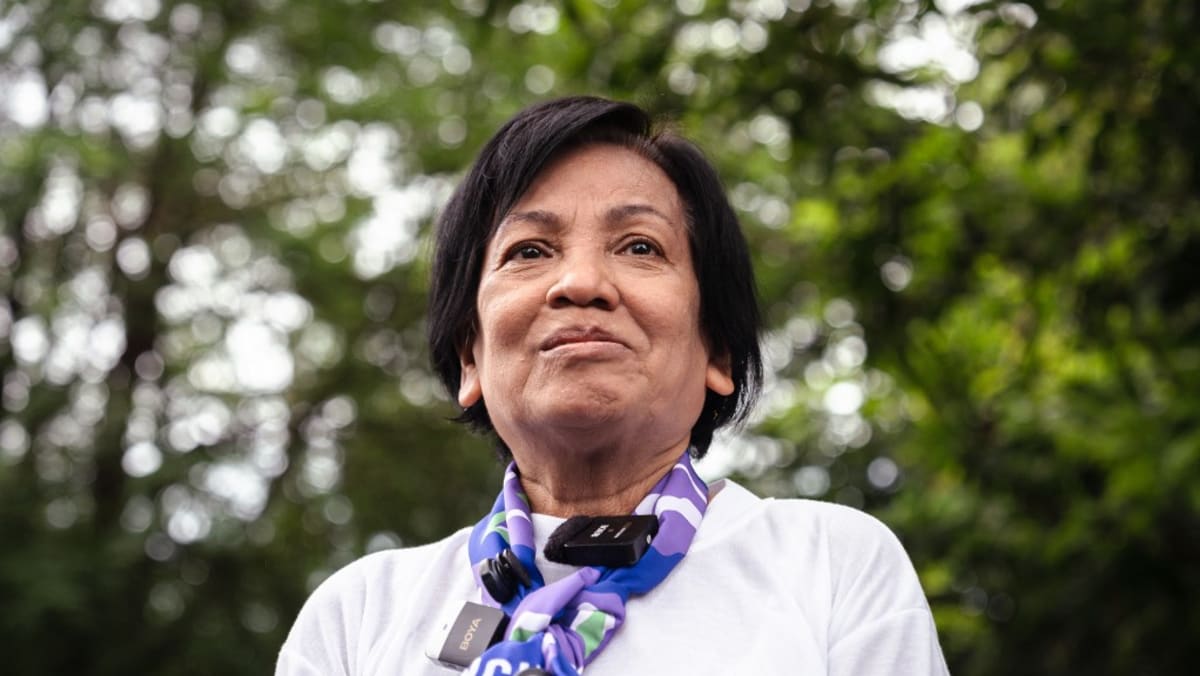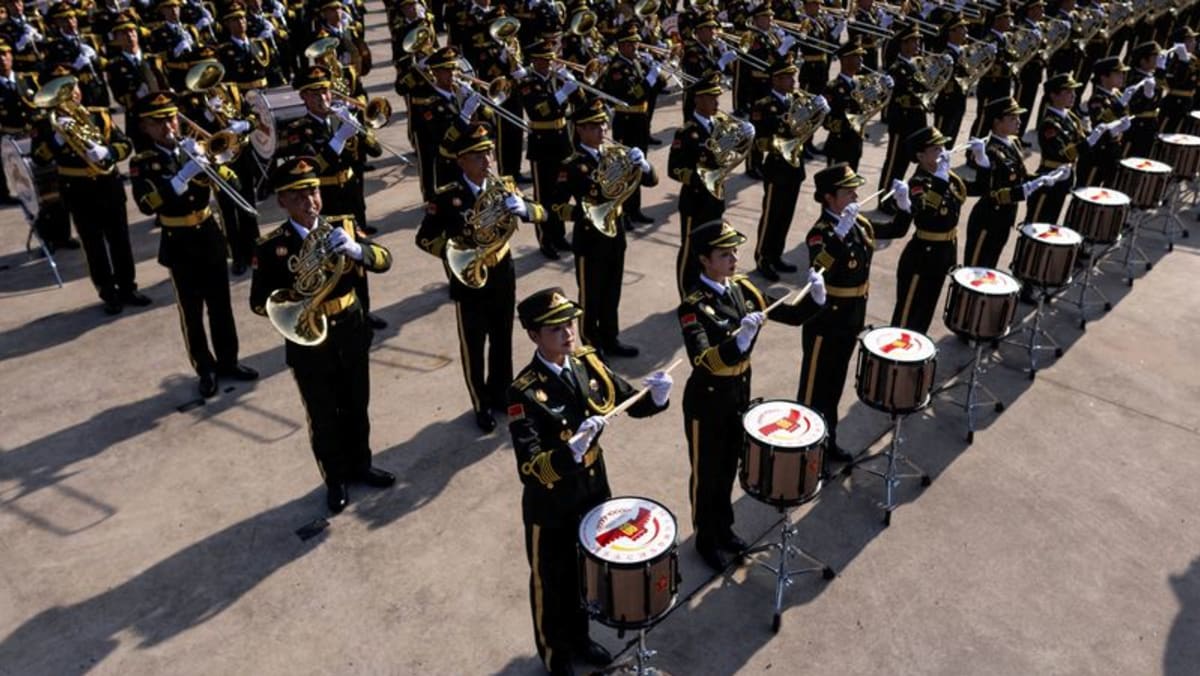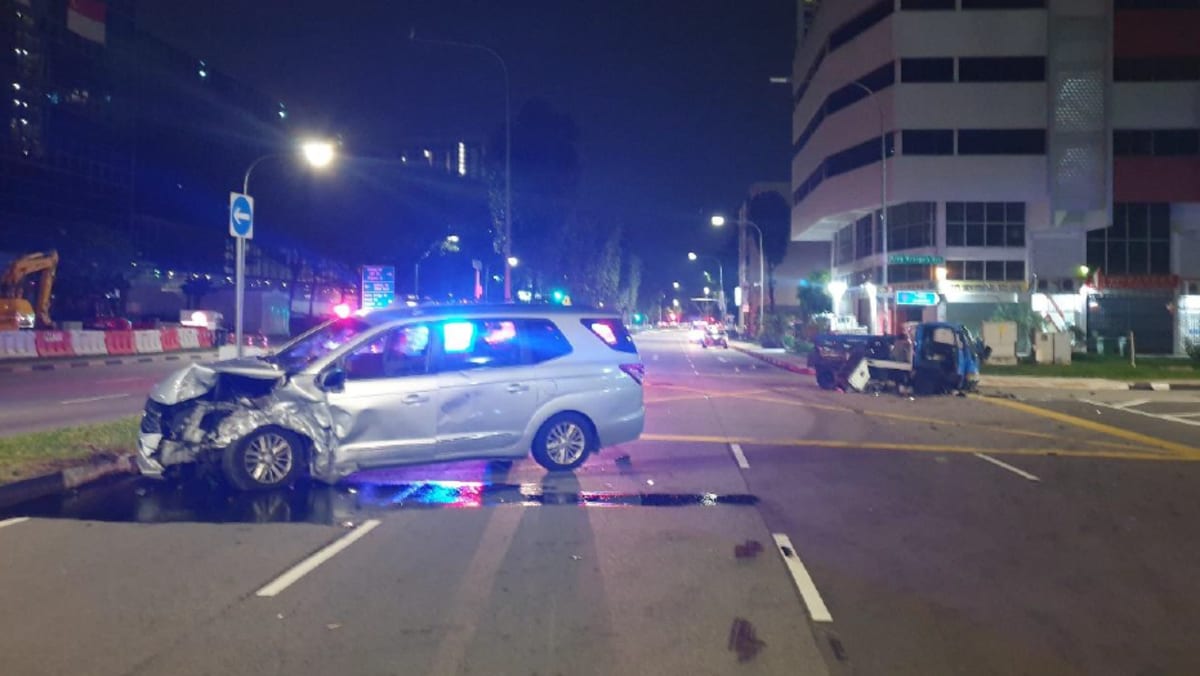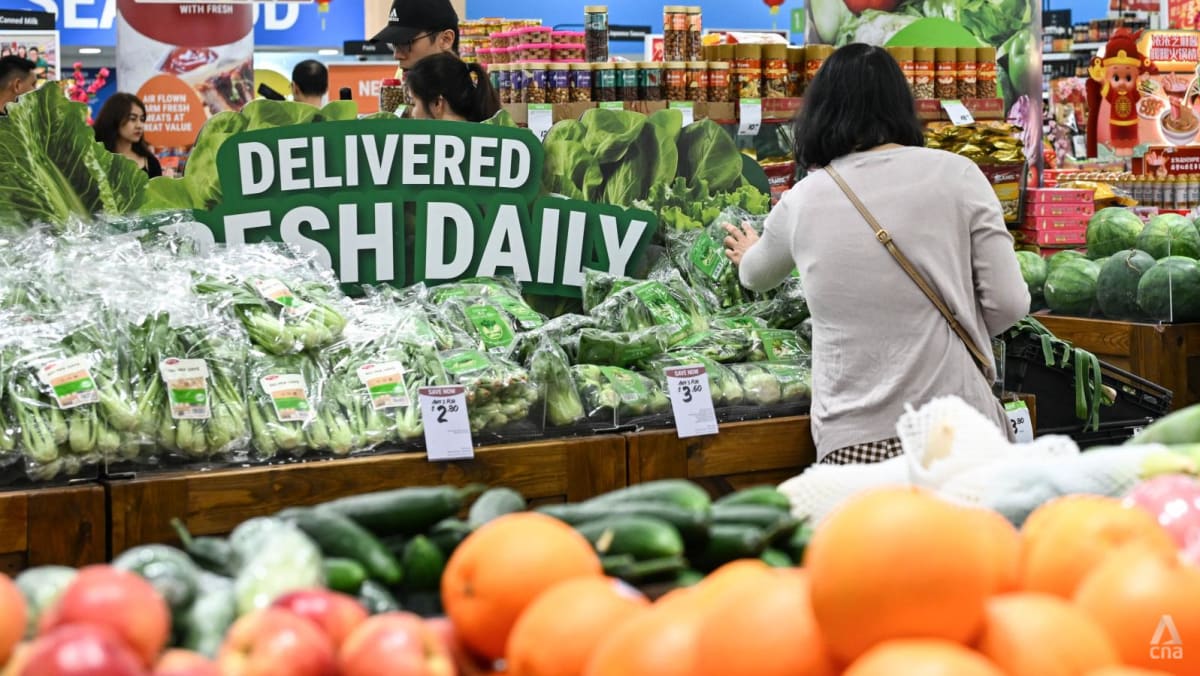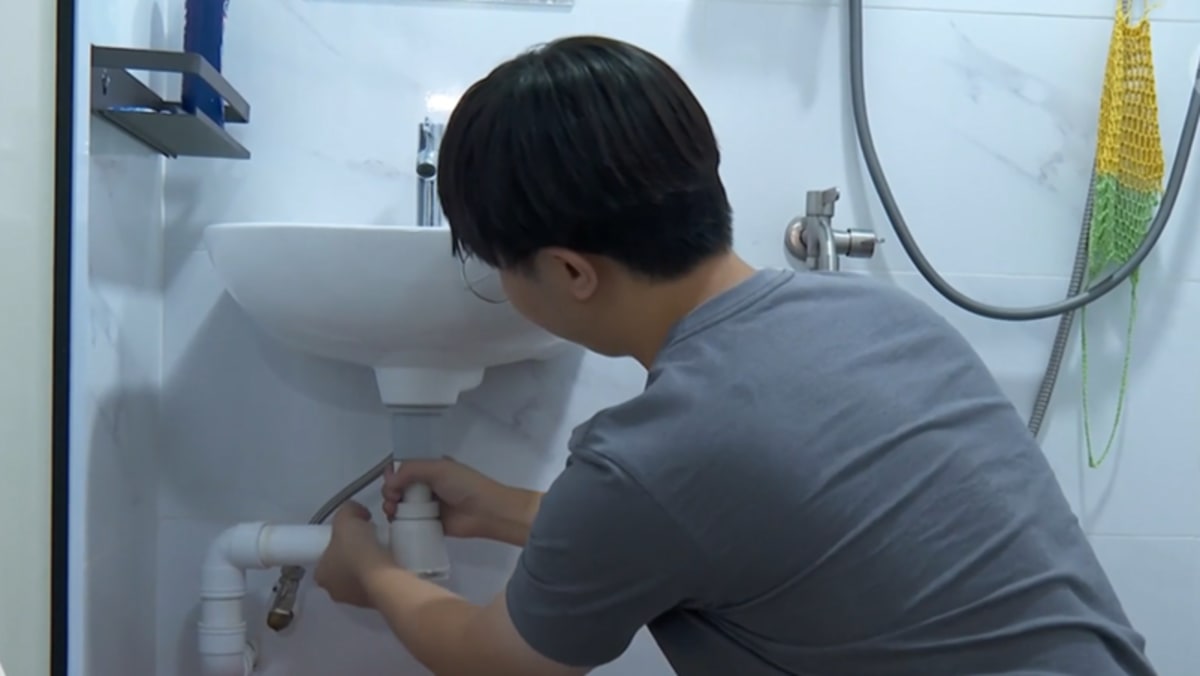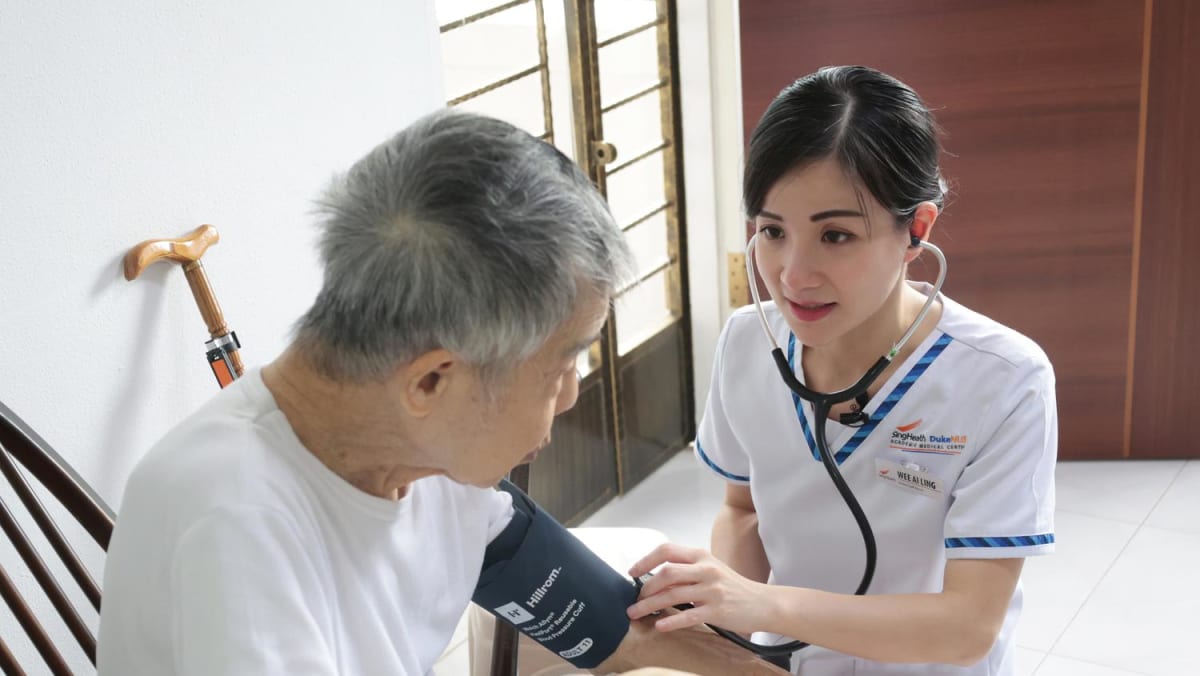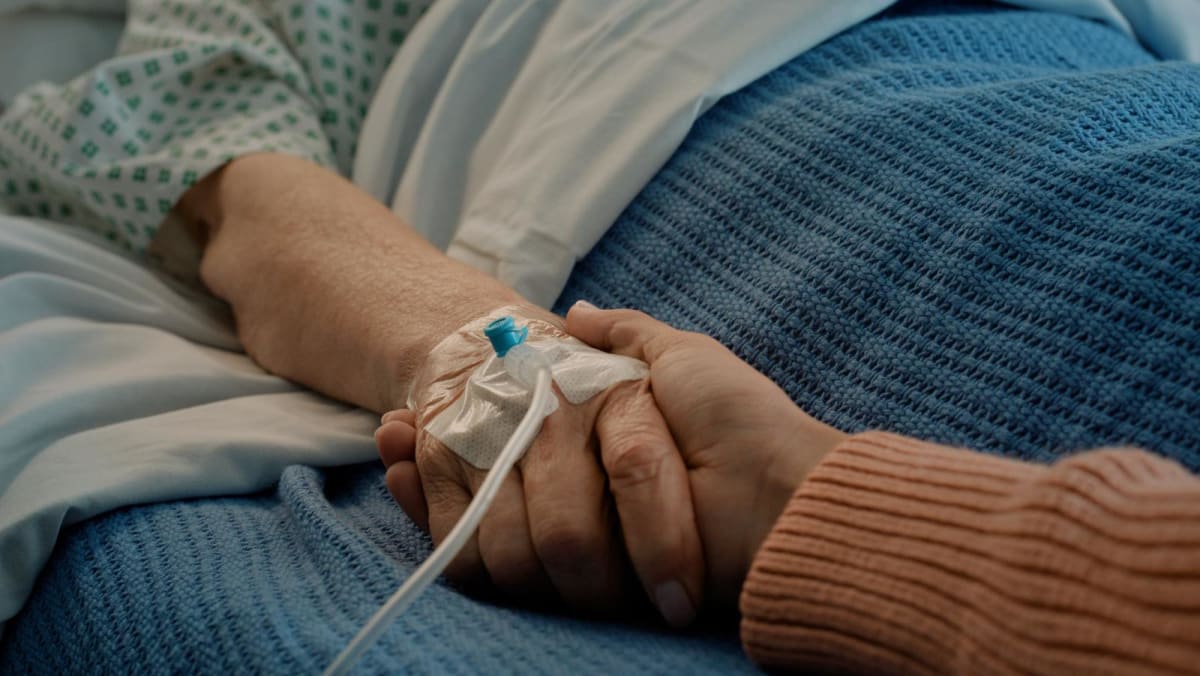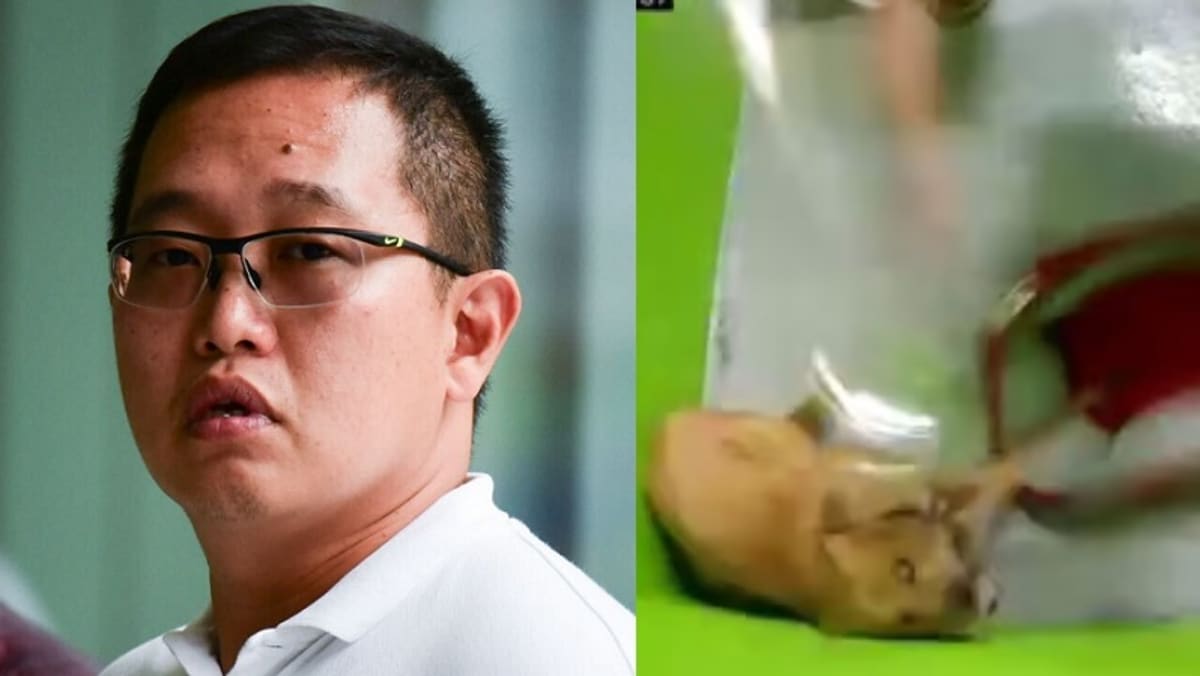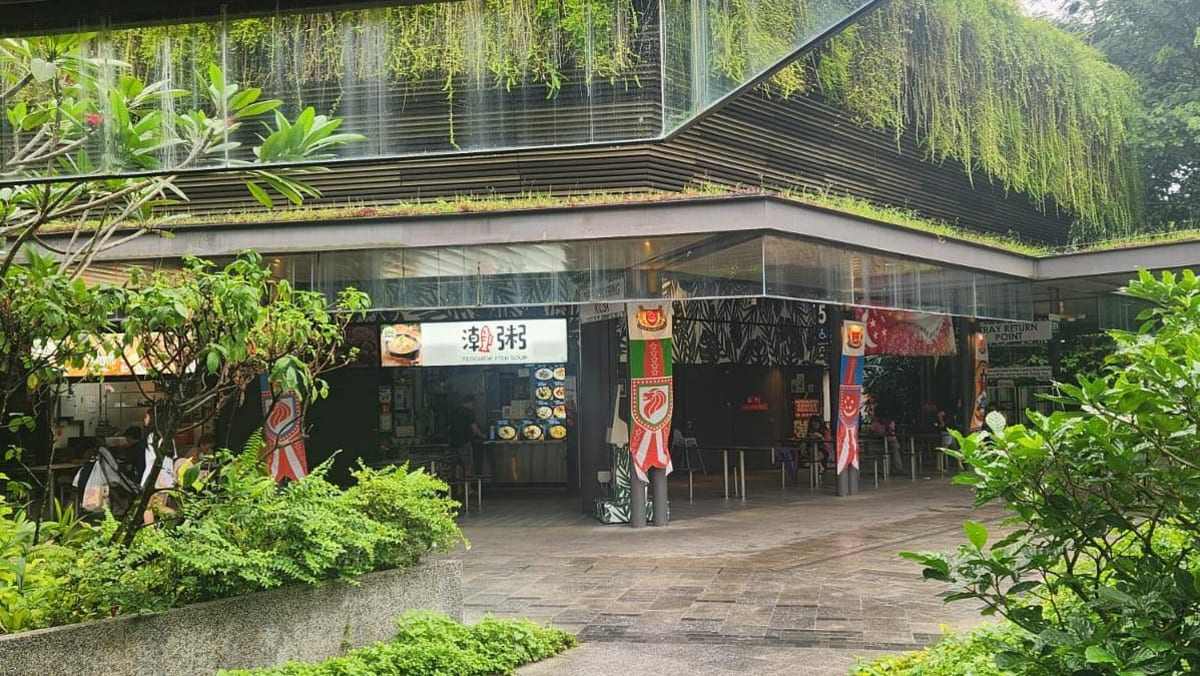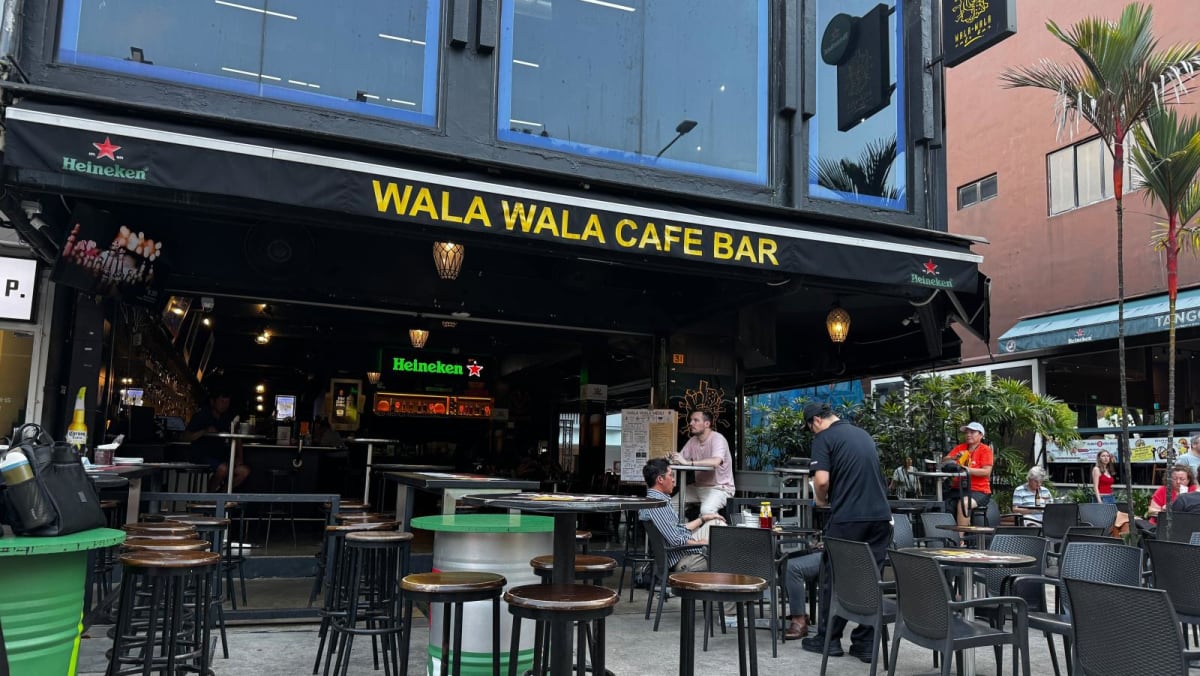SINGAPORE: The National Environment Agency (NEA) and the Singapore Food Agency carried out about 480 enforcement actions on premises owners for rat-related lapses in the first half of 2025 – an increase from the 380 enforcement actions taken in the same period last year.
The lapses include poor refuse management and housekeeping practice, which create favourable conditions for rat propagation, defects in refuse handling facilities that serve as entry points for rats and the presence of rat nests. Public agencies and town councils were among those that faced enforcement action.
Of the 480 enforcement actions taken, 210 were for improper refuse management, NEA said in a factsheet on public cleanliness and hygiene on Wednesday (Aug 27).
NEA’s “tightened” enforcement comes after it recorded an average of about 5,400 rat burrows per cycle in the first half of 2025, which represents a 48 per cent increase from about 2,800 rat burrows per cycle detected in the same period last year.
Premises managers and owners are subject to enforcement by NEA under the Environmental Public Health Act (EPHA) and the Control of Vectors and Pesticides Act (CVPA).
The maximum penalty under the CVPA is a fine of up to S$20,000 (US$15,500), a jail term of up to three months, or both, for a first offence.
For a first offence under the Environmental Public Health (Public Cleansing) Regulations, premises owners can be fined up to a maximum of S$1,000 and to a further fine not exceeding S$100 for every day or part thereof during which the offence continues after conviction.
NEA said that relying on enforcement is insufficient to mitigate rat infestation in the long term.
“Sustainable and effective rat population control requires the adoption of upstream measures, such as proper refuse management and good housekeeping, to eliminate food sources and harbourage, not just rodenticides and traps,” the agency added.
To that end, NEA has enhanced its surveillance efforts by focusing on upstream rat control measures.
In May 2025, Ang Mo Kio Central, for example, was identified as an area with high trade activities and inadequate refuse management practices.
After collaborating with town councils, grassroots advisers and trade premises, refuse management lapses decreased by 60 per cent over four months, NEA said.
LITTERING UPDATES
NEA has also stepped up its enforcement and expanded its surveillance system to tackle littering.
With the expanded surveillance system, up to 2,500 camera deployments can be conducted a year. Cameras are equipped with video analytics for remote enforcement and intelligence gathering, the factsheet stated.
Those found littering, and who were recorded by CCTVs, had their pictures displayed in community spaces. In July 2024, four offenders in Chinatown were successfully identified through this process.
In the first half of the year, NEA issued about 800 enforcement tickets in cleanliness hotspots, of which about 240 were for littering offences.
As a result, litter count has decreased by 45 per cent over nine months, said the agency.
NEA monitors 12 “cleanliness hotspots” identified based on “localised litter-count, feedback received and ground sensing”.
The agency did not reveal which locations are currently on its list of hotspots, but stated that resources are allocated to other locations if it finds a 50 per cent reduction in litter.
Hotspots that have exited the list include Causeway Point, Chinatown Complex, Jurong Point and Vista Point, NEA said.
Meanwhile, high-rise littering has remained relatively stable since 2022, with an average of about 28,000 cases per year.
The Ministry of Sustainability and the Environment (MSE) had designated 2024 as the “year of public hygiene”. NEA said stepped-up efforts had led to improved health outcomes.
MSE introduced its Cleaner Neighbourhood movement to strengthen community involvement in public hygiene in March.
In its factsheet, NEA said it has adopted smart solutions to maintain public cleanliness, including autonomous waterway cleaners at Sungei Seletar and Rochor Canal.
The agency is also trialling autonomous pavement sweepers at Bishan-Ang Mo Kio park and testing the use of artificial intelligence to conduct inspections.
